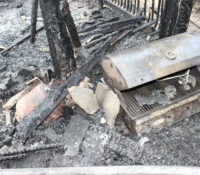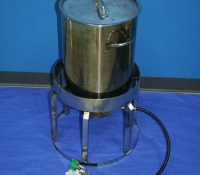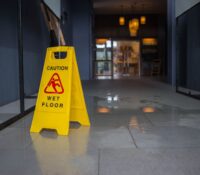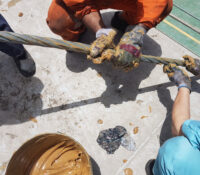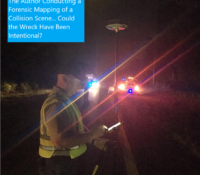Waterpark Woes
On July 12, 2024, a family entered the local water park to cool down. The family consisted of a mother and her two sons. While walking toward the wave pool area, the mother stepped off the wooden stairs and onto the surrounding concrete landing. As she did so, she slipped on a puddle of water that had accumulated on the surface. She fell backward, landing on her left side and striking her elbow and the back of her head against the stairs—effectively ending the family’s outing before it began. Read More




